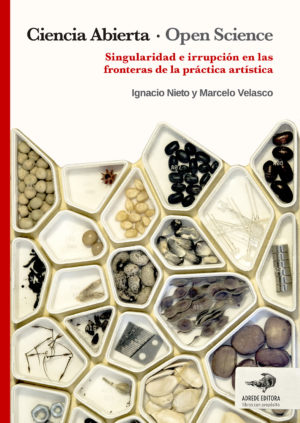"...Hurt and Pyle, who render vibrant visualizations based on data from Spitzer and other missions, are hybrids of sorts, blending expertise in both science and art. From squiggles on charts and columns of numbers, they conjure red, blue and green worlds, with half-frozen oceans or bubbling lava...Visualizations based on data can also inform science, leading to genuine scientific insights...For Hurt, the real goal of scientific illustration is to excite the public, engage them in the science, and provide a snapshot of scientific knowledge."
"We kind of cover each other's blind spots a bit"
"...art is as much a historical record of our changing understanding of the universe as the textbooks we write." -- Robert Hurt, IPAC CenterRead article here.










